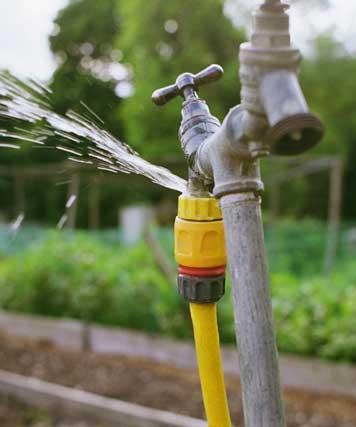How to Locate and also Fixing Water Leaks-- A Comprehensive Overview
How to Locate and also Fixing Water Leaks-- A Comprehensive Overview
Blog Article
This post in the next paragraphs in relation to Finding hidden leaks is totally enjoyable. You should see for yourself.

Early discovery of dripping water lines can alleviate a prospective catastrophe. Some small water leaks may not be visible.
1. Examine the Water Meter
Checking it is a proven way that aids you find leakages. If it moves, that shows a fast-moving leakage. This means you might have a slow leakage that could even be below ground.
2. Inspect Water Intake
Evaluate your water bills as well as track your water consumption. As the one paying it, you must notice if there are any type of discrepancies. If you identify sudden changes, despite your usage coinciding, it indicates that you have leaks in your plumbing system. Keep in mind, your water costs ought to drop under the same variety every month. An unexpected spike in your costs indicates a fast-moving leak.
A stable boost every month, even with the exact same behaviors, reveals you have a slow leak that's also slowly intensifying. Call a plumber to completely inspect your property, especially if you feel a warm area on your floor with piping underneath.
3. Do a Food Coloring Test
When it comes to water consumption, 30% comes from toilets. If the color in some way infiltrates your bowl during that time without flushing, there's a leakage in between the tank as well as bowl.
4. Asses Exterior Lines
Don't neglect to check your outdoor water lines too. Must water seep out of the connection, you have a loosened rubber gasket. One tiny leakage can squander heaps of water as well as increase your water bill.
5. Analyze the situation and also evaluate
Homeowners need to make it a routine to check under the sink counters and also even inside closets for any type of bad odor or mold and mildew development. These 2 red flags show a leak so timely focus is needed. Doing routine assessments, also bi-annually, can save you from a major trouble.
Inspect for discolorations and weakening as the majority of pipes and also home appliances have a life expectations. If you think dripping water lines in your plumbing system, do not wait for it to intensify.
Early discovery of dripping water lines can alleviate a potential calamity. Some tiny water leaks might not be visible. Checking it is a surefire means that helps you uncover leakages. One small leak can lose loads of water and surge your water expense.
If you suspect leaking water lines in your plumbing system, do not wait for it to rise.
How to Know If Your Home Has a Hidden Leak
Water Meter Reveals Inexplicable Water Usage
If you’d like to test whether or not there’s a leak somewhere in your home, you can do this using your water meter. Here is how to conduct the test:
Don’t use any water in your home for at least 30 minutes; this also means not turning on faucets or water-using appliances.
Go outside, and check your water meter for activity.
If your water meter shows that there was activity, even though no one was using any water, this proves that there is a leak in your home.Visible Mold or Mildew Growth
Leaks behind walls create moist, dark environments that allow mold and mildew to grow and thrive. Eventually, you might see mold growth forming on the wall closest to a hidden leak.
If mold is growing in an area that receives a high amount of moisture, such as a bathroom, it may simply be an indication that better ventilation is needed. However, if you see mold growth on a wall or the ceiling in an area where you would not expect, you probably have a hidden leak.
Musty, Mildew Odor
Sometimes you might not be able to see the mold or mildew that is growing as a result of a leak. However, the smell can give the problem away just as easily. If you catch a whiff of something musty, there’s a good chance that old water is collecting somewhere in your home that you can’t see.
Stained/Warped Walls, Ceilings, or Floors
When your home soaks up water, a variety of red flags can become visible, including ceiling stains, bubbling drywall, warped walls, and sagging floors. While these issues can be caused by excess humidity, they can also be signs that a pipe or plumbing connection has started leaking behind your walls.
Inexplicably High Water Bill
After a while, you get a general sense for what your water bill should be. If you own a pool or sprinkler system, your bill will tend to be higher during summer. However, if you receive a water bill that seems especially high, and you can’t figure out what caused it, then you may have a hidden leak somewhere that’s increasing your bill.
https://www.plumbingjoint.com/blog/2019/july/how-to-know-if-your-home-has-a-hidden-leak/

I was shown that report on Top leak detection hacks through an acquaintance on a different website. Sharing is nice. Helping others is fun. We value reading our article about Detecting hidden plumbing leaks.
Report this page